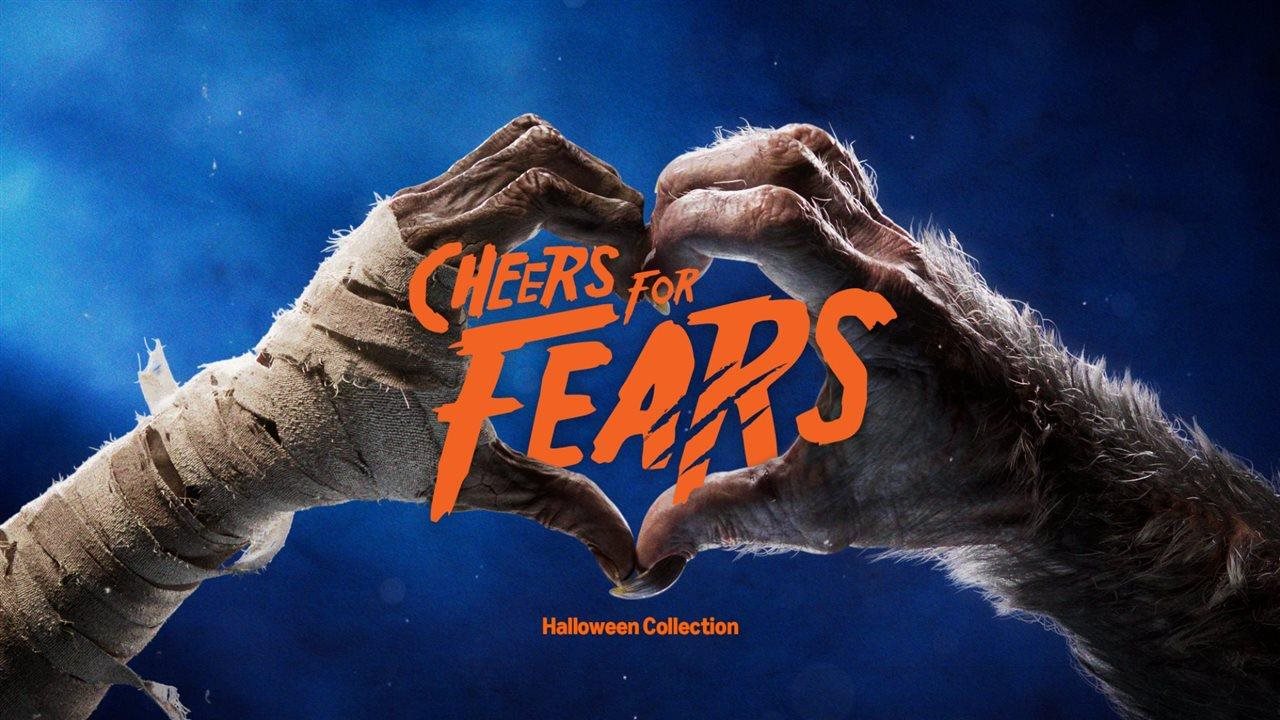2025-10-09T08:03:01
(BPT) – Did you know at least one child dies from a house fire in the U.S. every day?1 While that’s a startling statistic, being prepared and practicing an escape plan can be the difference between life and death. Children undergo fire drills at school each year, yet only 26% of American families have developed and practiced a fire escape plan2, leaving children — and adults — unaware of what to do in the event of a house fire.
To help make every home a safer home, Kidde, North America’s No. 1 fire safety brand3, has created a new Augmented Reality (AR) fire safety tool [Prepare. Plan. Practice.] to help build essential skills needed to safely escape a house fire. This tool is one of the many resources available through Kidde’s Cause for Alarm campaign™, all of which are intended to address fire and carbon monoxide safety education gaps, especially for vulnerable communities, by making educational assets free, accessible, and engaging.
Why fire safety is so important today
Due to synthetic materials used in modern furniture, decor and electronics, today’s homes can burn faster and produce more smoke than homes did 50 years ago.4 And though temperatures rise extremely quickly, many people underestimate the danger of smoke, which quickly fills rooms, causing loss of visibility and oxygen — making rapid escape essential.
In the event of a house fire, you’ll have less than two minutes to safely escape5, so every second counts. The reality is, most families have not practiced a fire safety escape plan in their homes, which can make all the difference.
Kidde’s AR tool to help save lives
To help you prepare, Kidde’s first-of-its-kind digital fire drill simulator is meant to help you enhance your family’s fire safety awareness and knowledge. “Prepare. Plan. Practice.” is a free tool that uses augmented reality (AR) technology to provide users with an immersive and unforgettable fire safety education experience.
Through virtual fire simulation, gamified learning and guided escape planning, this innovative tool helps build the skills needed to react quickly when every second counts. It’s accessible to anyone in the U.S. with an internet connection and a smartphone or tablet. No downloads or applications are required, making this a highly accessible educational experience. Individuals or families can use the self-guided tool in different scenarios — at home, in vacation rentals or anywhere fire safety preparedness should be a priority.
“Prepare. Plan. Practice.” offers a comprehensive fire safety experience combining knowledge with vital hands-on practice, helping anyone apply life-saving skills directly in their own home through three modes:
1. Demonstration Mode — AR technology is used to safely simulate unsafe conditions, showing users what a fire could potentially look like in their home. The digital imagery shows how quickly flames and smoke can spread in two minutes, underscoring the need for a quick escape.
2. Learn Mode — Through gamified learning, users can explore their digital home and uncover essential and practical room-by-room safety information on topics like smoke alarm maintenance, dangers of carbon monoxide, cooking safety, electrical safety, fire extinguisher use and more.
3. Practice Mode — This tool educates users on key principles of home escape planning and prompts them to physically practice their escape routes against a two-minute timer. This immersive step is critical, as it encourages users to think through the unique realities of their own home and reinforce how quickly they need to act.
“With Cause For Alarm, our aim is to make fire safety education both accessible and engaging for all,” stated Isis Wu, President of Global Residential Fire & Safety at Kidde. “Through our Prepare. Plan. Practice. AR tool, we’re empowering families with personalized and innovative learning experiences that can help them act swiftly in a real emergency.”
Helping at-risk communities
The need for fire and carbon monoxide safety education is why Kidde is working to help make every home a safer home. Now in the fourth year of their Cause for Alarm campaign, the company is continuing to support vulnerable communities at higher risk of fire and carbon monoxide-related incidents through education, awareness, resources and devices that can help families stay safe.
Kidde has a long history of making fire and carbon monoxide detection affordable and accessible, and is partnering with local fire departments to distribute alarm donations to families in need. In just the last three years, Kidde has donated over 8.3 million dollars’ worth of smoke and carbon monoxide alarms to communities across North America.
To support the cause through the end of November 2025, every Kidde alarm purchased at participating U.S. retailers will trigger a $1 contribution toward alarm donations to communities that need them most. The campaign goal is to donate up to $1 million dollars’ worth of smoke and CO alarm donations.
To learn more and access the full suite of multilingual fire safety resources, visit CauseForAlarm.org.
1Glen Echo Fire Department, “Children and Fire Safety”
3Based on total household installations as of December 2023.
4Modern Construction – International Association of Firefighters




























